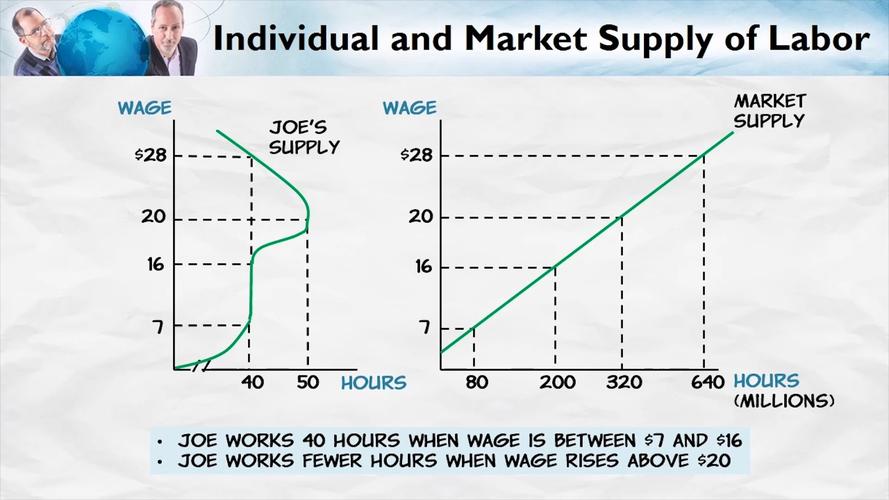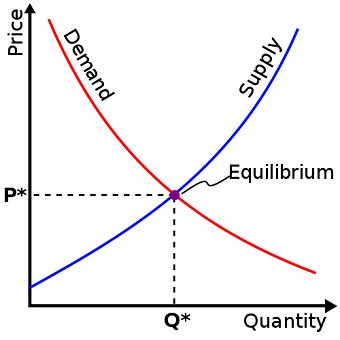
Are Marginal Benefit and Demand Curve the Same?
Understanding the concepts of marginal benefit and the demand curve is crucial in economics. While they are related, they are not the same. In this article, we will delve into the details of both concepts, highlighting their differences and how they interact in the economic landscape.
What is Marginal Benefit?
Marginal benefit refers to the additional satisfaction or utility a consumer gains from consuming one more unit of a good or service. It is a measure of the change in total utility when the quantity consumed increases by one unit. The concept of marginal benefit is essential in determining the maximum price a consumer is willing to pay for an additional unit of a good or service.

Let’s take an example to illustrate this. Imagine you are eating a slice of pizza. The first slice you eat might give you a lot of satisfaction, but as you continue to eat more slices, the additional satisfaction you derive from each additional slice will decrease. This is because the law of diminishing marginal utility states that as the quantity consumed increases, the additional satisfaction derived from each additional unit decreases.
Understanding the Demand Curve
The demand curve is a graphical representation of the relationship between the price of a good or service and the quantity demanded by consumers. It typically slopes downwards, indicating that as the price of a good or service decreases, the quantity demanded increases, and vice versa. The demand curve is derived from the individual demand curves of all consumers in the market.
For instance, if the price of a smartphone decreases, more consumers will be willing to buy it, leading to an increase in the quantity demanded. Conversely, if the price of a smartphone increases, fewer consumers will be willing to buy it, resulting in a decrease in the quantity demanded.
The Relationship Between Marginal Benefit and Demand Curve
While marginal benefit and the demand curve are distinct concepts, they are closely related. The marginal benefit curve is typically downward-sloping, similar to the demand curve. This is because as the quantity consumed increases, the additional satisfaction derived from each additional unit decreases, leading to a lower marginal benefit. Consequently, consumers are willing to pay less for each additional unit, resulting in a downward-sloping demand curve.

Here’s a table to summarize the relationship between marginal benefit and the demand curve:
| Quantity | Marginal Benefit | Price |
|---|---|---|
| 1 | 100 | 50 |
| 2 | 80 | 40 |
| 3 | 60 | 30 |
| 4 | 40 | 20 |
| 5 | 20 | 10 |
As you can see from the table, the marginal benefit decreases as the quantity consumed increases, and the price consumers are willing to pay for each additional unit also decreases. This relationship is reflected in the downward-sloping demand curve.
Conclusion
In conclusion, while marginal benefit and the demand curve are related, they are not the same. Marginal benefit refers to the additional satisfaction a consumer gains from consuming one more unit of a good or service, while the demand curve represents the relationship between the price of a good or service and the quantity demanded by consumers. Understanding both concepts is essential in analyzing consumer behavior and market dynamics.



